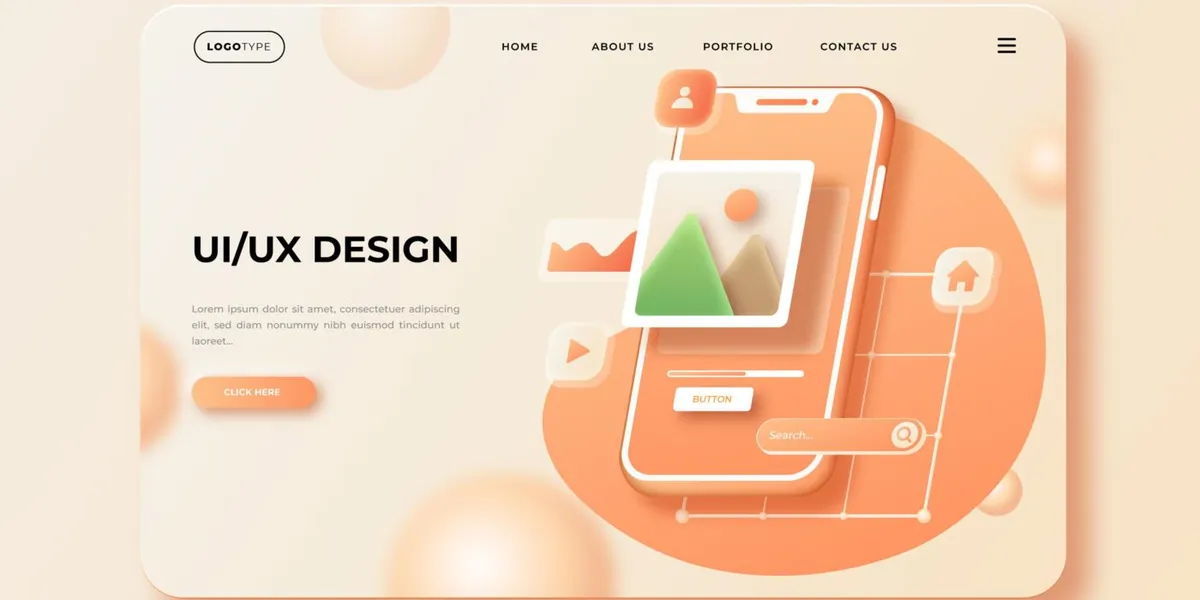Best practices for user experience design in web applications
Discover the best practices for user experience. This guide has everything you need to know about designing user-friendly web applications.

Sariful Islam

User experience (UX) design is a critical aspect of web development, and it plays a crucial role in determining the success of a website or web application. A good user experience can mean the difference between a user staying on your site and engaging with your content, or leaving in frustration. In this blog post, we will discuss some best practices for user experience design in web applications, to help ensure that your users have a positive experience when using your site and also make it SEO-friendly.
Here are some best practices for user experience design in web applications:
-
Keep it simple:
A simple and straightforward design can make it easy for users to understand and navigate your site. Avoid cluttering your pages with too much information or unnecessary elements, as this can make it difficult for users to find what they are looking for. It also helps in keeping the page loading time low which is a crucial factor in SEO. -
Make it visually appealing:
A visually pleasing design can make your site more appealing to users, and encourage them to stay longer. Use a consistent color scheme, typography, and layout to create a cohesive visual experience for your users. Also, make sure to use high-quality images, videos, and infographics, as these can help to make your site more engaging and increase the time users spend on your site, which is a positive signal for SEO. -
Make it easy to navigate:
Navigation is key to a good user experience. Make sure that your site is easy to navigate by organizing your content into clear sections and using a logical hierarchy. Use clear and concise labels for your links and buttons, and make sure that users can easily find what they are looking for. Also, ensure that your site has a clear and logical structure with a simple URL structure, making it easy for search engines to understand the content on your site. -
Optimize for mobile:
Ensure that your site is optimized for mobile as the use of mobile devices to access the internet is increasing. This includes making sure that your site is responsive, so that it adjusts to different screen sizes and orientations, and ensuring that all buttons and links are large enough to be easily tapped on a mobile device. Optimizing your site for mobile is also important for SEO, as Google uses mobile-first indexing, meaning that it prioritizes the mobile version of your site when ranking it in search results. -
Test, Test, and Test:
User experience design is an iterative process, and it’s essential to test your design with real users to ensure that it meets their needs. Conduct usability testing, user interviews, and surveys to ensure design meets user needs. -
Keep the user in mind:
Always keep the user in mind when designing your site. Consider their needs, goals, and pain points, and design your site to meet those needs. Also, make sure to use keywords in your content and meta tags that are relevant to your users and their search queries, as this can help to improve your search engine rankings.
By following these best practices for user experience design, you can ensure that your web application is user-friendly, visually appealing, and easy to navigate, which will help to keep users engaged and coming back for more and also make it SEO-friendly.